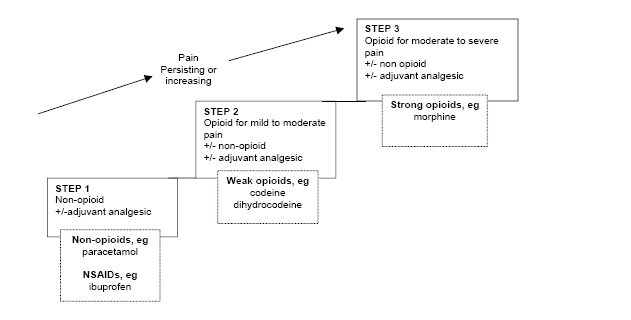
Section 2: Pain Control in Wound
Management
Pain
Control in Wound Management
Most wounds cause a
certain amount of pain (Casey 1998) but pain management, a key function of all
health professionals, is often ignored. Sometimes
pain can be severe and ongoing, such as with chronic wounds, while at other
times it may only occur with initial injury or during infection.
Patients may experience pain as a result of:
Products or techniques used to cleanse wounds
Trauma to the tissues and surrounding skin when products are removed
Skin excoriation
from exudates or wound drainage
Lack of empathy
Failure to record patientís earlier reports of pain
Infection,
which can exacerbate existing wound pain
Poor techniques when using compression bandaging
Careful wound assessment is required, as selecting an inappropriate dressing can result in considerable pain and discomfort (Dealy 1999). The correct dressing can ensure comfort and reduce pain, especially during dressing change.
Emotional responses can also influence the perception of pain and the distress of having a wound. The way patients detect pain appears to be related to the type of damage causing it (Campbell 1995). Clinically, pain, like wound types, can be classified as acute or chronic, but will be related to:
The type of injury
The location of the wound
Patient perception and previous experience
The healing process and approaches to wound management, eg choice of dressing and provision of analgesia
Assessment of
Pain
Pain should be assessed
prior to each dressing change and appropriate action taken to address the
identified reason. Accurate
assessment depends on subjective reporting by the patient. Pain can be assessed effectively during ongoing therapy by
asking the patient to rate his/her pain. It
is recommended that a simple visual analogue scale is used.
The patient should be asked if the pain is worse at any particular time or during a particular activity so that analgesic doses can be timed appropriately. Patients should be closely observed throughout the dressing procedure for reaction to treatment.
Analgesia
Whatever analgesia is
used in wound care, its effectiveness should be evaluated continuously.
Failure to achieve pain relief may contribute to the depression and
anxiety associated with chronic pain.
The type of analgesia to be used depends upon:
The type of wound
Whether the wound is acute or chronic
The
level of pain reported by the patient
Effective doses of analgesics should be given. In chronic pain, treatment should be given often enough to provide continuous pain relief. This is preferable to giving analgesics only when necessary, ie allowing pain to recur before giving further treatment.
Analgesics should also be given in anticipation of pain, giving careful consideration to any activities that exacerbate pain. In the case of acute pain there is little time to titrate the dose against the patientís response. Analgesics should be chosen according to assessment of the factors mentioned above.
The Who Analgesic Ladder
The WHO
analgesic ladder forms the basis of many approaches to the use of analgesia.
Paracetamol should normally be used first line and continued on all steps of the
analgesic ladder. The use of non-steroidal anti-inflammatory drugs (NSAIDs) eg
aspirin, ibuprofen, naproxen etc, is common in treating minor injuries and in
long-term inflammatory conditions. It may not be appropriate to use an NSAID
longterm due to their side effects. Analgesia should be stepped up every 1-2
weeks depending on response. Referral to the appropriate pain team should be
considered for patients with pain that persists despite appropriate use of the
analgesic ladder.

References:
Campbell, J. (1995) Making Sense of Pain Management. Nursing Times 91; 34-35.
Casey, G. (1998) The Management of Pain in Wound Care. Nursing Standard 13; 49-54.
Dealey, C. (1999) The Care of Wounds, 2nd ed. Oxford: Blackwell
Science World Health Organisation (1996) WHO Guidelines. Cancer Pain Relief, 2nd
ed. Geneva, World Health Organisation.
© 2010 NHS Tayside